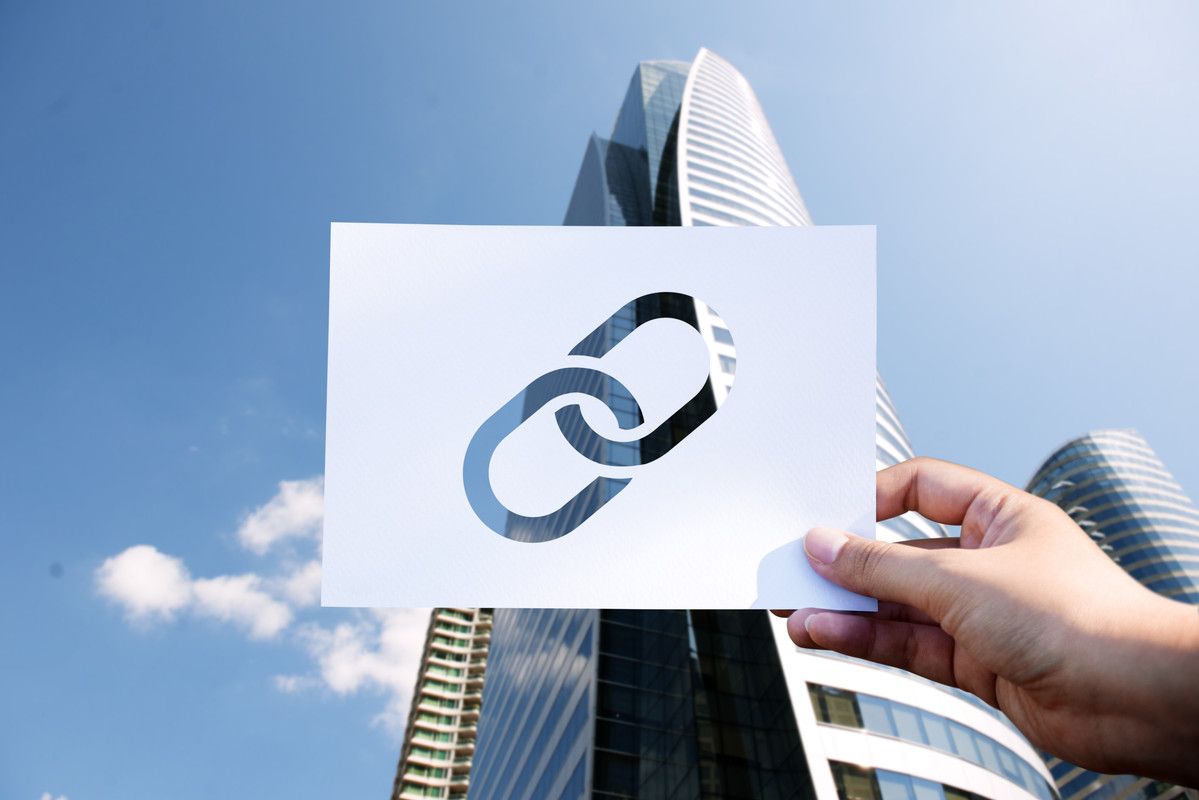We help to create visual strategies.
We want to hear from you. Let us
know how we can help.

Internal linking isn’t flashy, but it’s one of the most effective ways to improve your website’s performance in search engines. A strong internal linking structure helps Google understand your site, enhances user experience, and increases the chances of ranking higher.
Yet, many business owners and marketing teams focus only on keywords, backlinks, or technical audits, leaving internal links underused.
Here’s why that’s a mistake, and how working with Chicago SEO experts can help you make better use of this quiet but powerful SEO tool.
What Is Internal Linking?
Internal linking means connecting one page on your website to another page on the same site. Think of it as building roads between different neighborhoods on your site. These links help visitors navigate and assist search engines in discovering and ranking your content.
A strong internal linking strategy:
- Guides users to relevant pages
- Keeps visitors on your site longer
- Helps search engines crawl your site more effectively
- Passes page authority from one page to another
If you’ve published lots of content but aren’t linking between them strategically, your pages might be harder to find for users and Google.
How Internal Links Impact SEO
Internal links help Google understand which pages are most important. When multiple pages link to a particular blog or service page, that page is seen as valuable. This can improve rankings.
They also:
- Spread ranking power across your site
- Highlight new content so it gets indexed faster
- Improve the structure and flow of your site
For example, linking a popular blog post to a new service page can help push traffic and authority to that page. Dabaran, a Chicago search engine optimization company, uses this method to help businesses boost underperforming content without rebuilding from scratch.
Internal Linking vs. External Linking
While backlinks (external links from other websites) get a lot of attention, internal links are entirely under your control. You decide what gets linked, how often, and where those links go.
That makes internal linking a high-value, low-cost tactic. It doesn’t require outreach or long timelines. With the right strategy, you can start seeing results almost immediately, especially when paired with technical SEO and keyword optimization.
At Dabaran, we include internal link analysis in our campaigns for SEO marketing in Chicago. Many clients are surprised at how quickly internal links can improve rankings and traffic.
Common Internal Linking Mistakes
Most websites have internal links. But very few use them strategically. Some of the most common issues include:
- Linking only to the homepage or contact page
- Ignoring older blog posts
- Using the same anchor text every time
- Linking without a clear path or purpose
- Not linking to key service or conversion pages
Every link should help users find useful information and help Google understand your site’s structure. Dabaran’s team audits existing content to find linking gaps, then builds a better structure around what you already have.
As a Chicago search engine optimization company, we’ve helped businesses across industries connect their content in ways that drive results.
What Makes a Good Internal Link?
Internal links should be helpful, natural, and purposeful. Here’s what to keep in mind:
- Use clear anchor text (not “click here”) that tells users what to expect
- Link to relevant content, not just random pages
- Prioritize high-converting or informative pages
- Update old posts with links to newer content
For example, a blog post about local SEO tips should link to your local SEO service page. This builds authority and makes it easier for potential clients to find your services.
When done right, internal linking supports your overall SEO plan, bringing more visitors to your highest-value pages.
Tips to Strengthen Your Internal Linking Strategy
You don’t need a huge team or a new website to improve your internal links. Here are a few steps to get started:
- List out your most important pages (services, contact, high-performing blogs)
- Look for related blog posts or pages that mention those topics
- Add links with clear anchor text pointing to your target pages
- Update older content regularly to include new links
- Use navigation and footer links wisely, don’t overload them
These small updates can create a big lift in traffic and rankings.
Real-World Example
Let’s say you run a Chicago-based law firm with ten service pages and fifty blog posts. Many of your blogs get traffic but don’t point to your services. That’s a missed opportunity.
By linking relevant blogs to your core service pages, you help potential clients find what they need faster. You also help Google recognize those service pages as necessary. The result may be higher rankings, more time on site, or more leads.
Dabaran works with businesses like this every day. In many cases, improving internal links has led to noticeable increases in traffic and engagement within a short timeframe.
Final Thoughts
Internal linking isn’t a trick; it’s a smart strategy to help users and search engines find what matters most on your site. It supports your SEO strategy, improves engagement, and helps spread visibility across your content.
Many businesses focus only on getting more backlinks or publishing new blogs. But sometimes, the fastest way to grow is to connect what you already have.
If you’re not sure how to begin, Dabaran’s team of Chicago SEO experts can walk you through an audit and strategy that fits your website. Internal linking may not be flashy, but it works. And when it’s done right, it can be one of the most valuable parts of your SEO plan.


